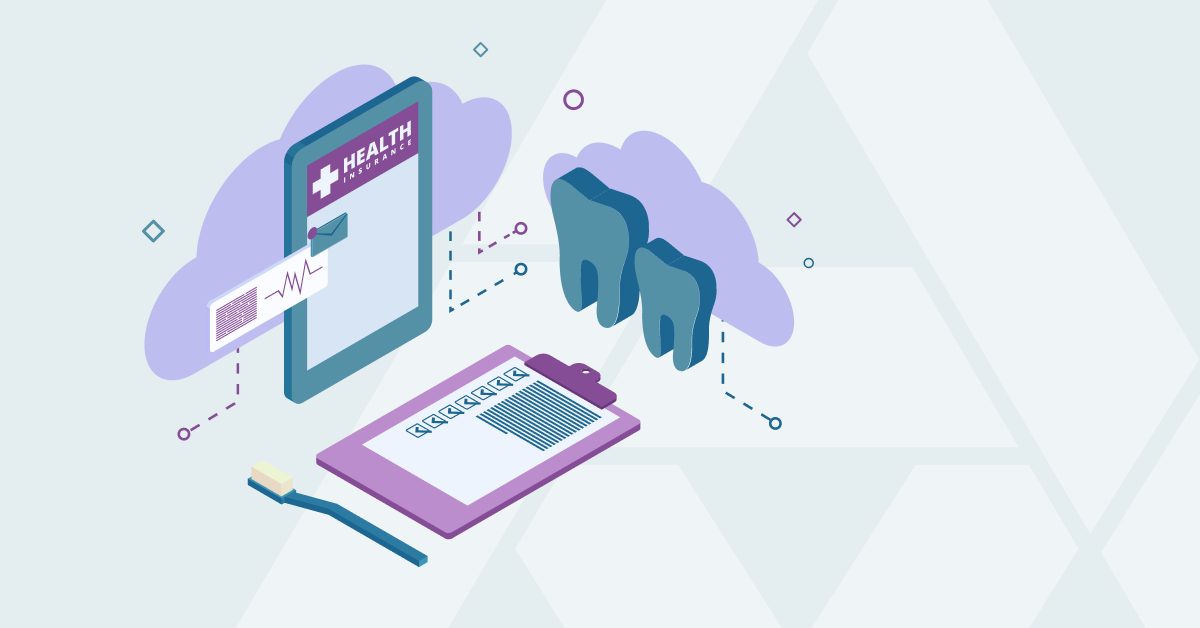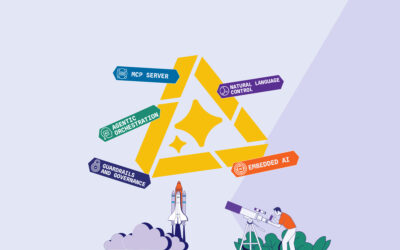Healthcare is one of the most data-rich industries in the world. From electronic health records to benefits administration to payer billing reconciliation, there are multiple streams of intersecting data that support patient care. However, despite its reliance on big data, healthcare has lagged behind retail, travel and even the highly regulated banking sector when it comes to technology investment.
Now, health and dental plans are sprinting to catch up. Part of their strategy has been to partner or otherwise merge with each other to offer a “one-card” insurance experience to policyholders. As these new multiline models roll out, outdated technology has limited the speed and agility with which dental and health plans can meet their strategic goals—and their customers’ expectations.
Cloud-native platforms are the answer. Unlike sluggish legacy systems, cloud-native technology helps insurers meet the opportunities and challenges of convergence.
Cloud-native platforms allow speed of implementation
Legacy platforms are inflexible, slow and expensive. When users attempt to upgrade to a new release, they often discover their technology no longer functions as required. These platforms also do not have the capacity to test new versions.
Transitioning from one of these legacy systems to another often requires two or more years. During this time, staffing must be ramped up to operate the old and new platforms in parallel, confirming the data migration is error-free. When the implementation is finally complete, the plan’s business isn’t the same.
Cloud-native platforms allow for a speedy, incremental rollout. Cloud-based applications extend the capabilities of existing services, so the time that IT departments invest in coding before going live is reduced. With cloud-native platforms, health and dental plans can implement their new platforms much more quickly.
Cloud-native platforms minimize disruption
Cloud-native platforms are a game-changer, allowing health and dental plans to implement the solution in real time. The flexibility of cloud-native technology eases the stress of meeting regulatory changes as well; these platforms allow providers to easily customize and automate the solution to meet their business needs.
Cloud-native platforms drive optimal customer experience
More and more, healthcare consumers expect the 24/7 convenience and personalization from their health insurance providers that they get from online retailers. Cloud-native apps allow health and dental plans to meet this expectation.
The bottom line? Whether a health and dental plan is hoping to increase speed of implementation, prevent operational disruption or enhance the customer experience, cloud-native platforms equip them to achieve operational efficiencies and provide them with a better healthcare customer journey.
Want to learn more about how EIS’ cloud-native platforms can work for your business? Talk to us.




